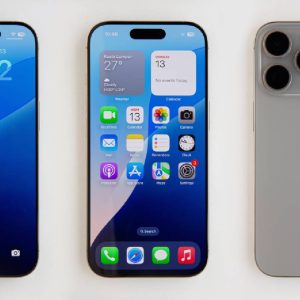In 1994 there were 623 websites, now there are millions, which makes it harder for brands to stand out against competitors. However, Cate Trotter, head of trends at Insider Trends says that social media solves the problem of personalisation that so many brands face.
"There’s research that shows if you can personalise your experience you can increase your conversion rate by 400%," Trotter said at the Digital Shoreditch festival in London.
Twitter is a prime example of personalising a user’s experience. The service can see patterns of where a person has been on the internet and offers the user recommendations on who to follow when they sign up.
2012 UM Wave 6 research also supports the idea that personalising a customer’s experience when using social media is the best way to increase conversation rates.
Developing social media strategies that are more sophisticated will increase the chance of meeting commercial objectives. The most effective thing a brand can do is to offer personal responses to customer queries and complaints via social media sites. This creates a sense of respect and loyalty between the brand and the customers.
"Companies’ social media strategies are all starting to look the same," said Glen Parker, research director, UM EMEA. "Businesses need to think about creating social experiences that answer specific objectives, before embarking on any social strategy. Simply getting consumers to ‘Like’ them is no longer a valuable enough tactic."
As social media has become an important part of the media world, engaging with customers through this channel is imperative for brands.
"With social media becoming so important in the media mix, it is crucial that brands start looking at how they can use these platforms in conjunction with more traditional platforms such as outdoor and press, in order to reach more consumers more effectively," said Parker.






